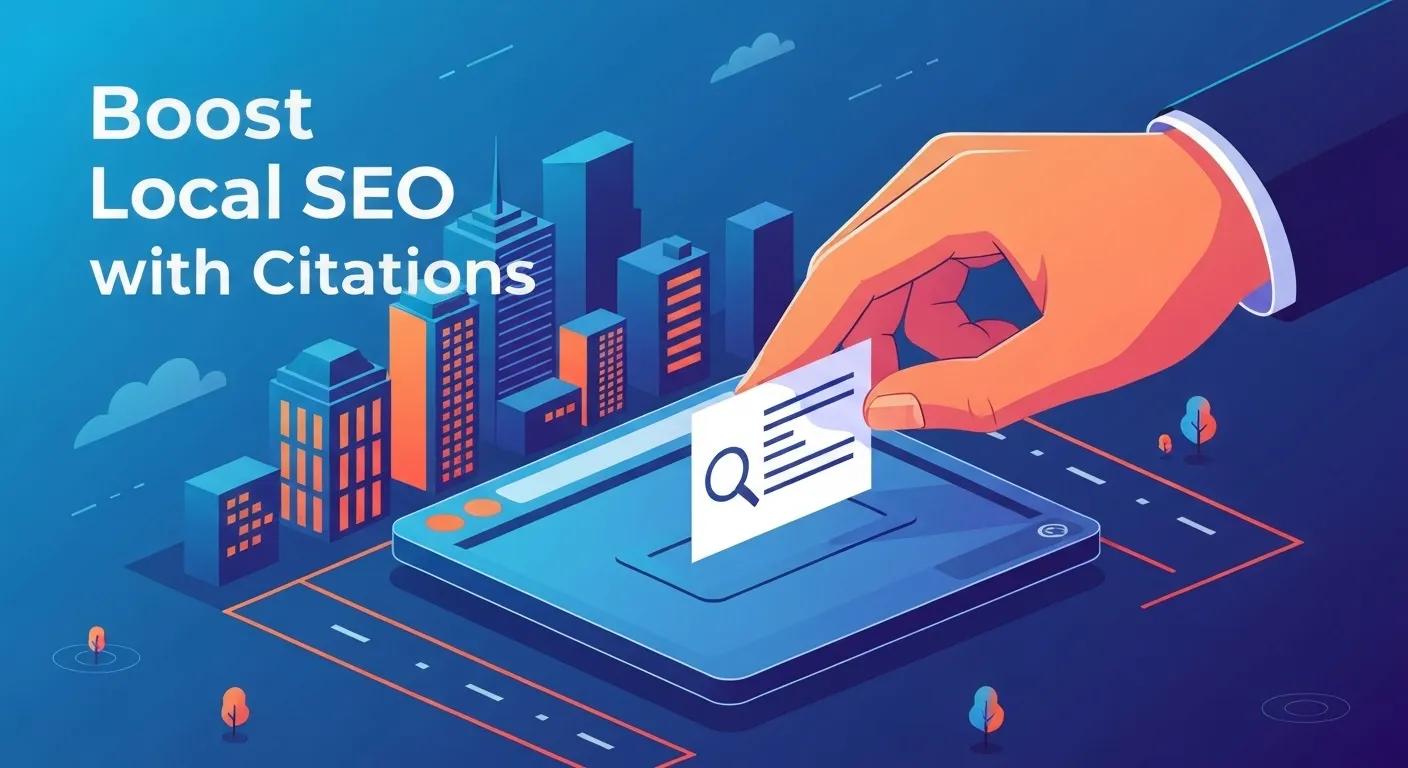WordPress is a popular content management system (CMS) that allows users to create and manage websites easily. It was first released in 2003 as a blogging platform, but over the years, it has evolved into a versatile tool for website creation. Today, WordPress powers over 35% of all websites on the internet.
One of the main advantages of using WordPress for website creation is its user-friendly interface. Even those with little to no technical knowledge can easily navigate and manage their websites. WordPress also offers a wide range of themes and plugins that allow users to customize their websites according to their needs and preferences.
Key Takeaways
- WordPress is a popular and user-friendly platform for website creation.
- Choosing the right theme is important for the overall look and functionality of your website.
- Plugins can help customize your website and add additional features.
- Essential pages like About Us and Contact Us are important for any website.
- A clear and easy-to-use navigation menu is crucial for a positive user experience.
Choosing the Right WordPress Theme for Your Website
Choosing the right theme for your WordPress website is crucial as it sets the overall look and feel of your site. A well-designed theme can enhance user experience and make your website more visually appealing. On the other hand, a poorly designed theme can make your website look unprofessional and difficult to navigate.
When choosing a theme, there are several factors to consider. First, consider the purpose of your website. Are you creating a blog, an e-commerce site, or a portfolio? Different themes are designed for different purposes, so choose one that aligns with your goals.
Next, consider the design elements of the theme. Is it clean and modern? Does it have a responsive design that adapts well to different screen sizes? Look for themes that have a good balance between aesthetics and functionality.
Some popular WordPress themes to consider include Divi, Avada, and Astra. These themes offer a wide range of customization options and are highly versatile, making them suitable for various types of websites.
Customizing Your Website with WordPress Plugins
WordPress plugins are additional pieces of software that can be installed on your website to add extra functionality. They allow you to customize your website without having to write any code. There are thousands of plugins available in the WordPress plugin directory, covering a wide range of functionalities.
Using plugins can greatly enhance the functionality of your website. For example, you can install a plugin to add a contact form, create a membership site, or optimize your website for search engines. Plugins can also help improve the performance and security of your website.
Some popular WordPress plugins to consider include Yoast SEO, Contact Form 7, and WooCommerce. These plugins are widely used and have been proven to be reliable and effective.
Essential Pages Every Website Should Have
| Page Name | Description |
|---|---|
| Home | The main page of the website that provides an overview of the content and purpose of the site. |
| About Us | A page that provides information about the company or organization behind the website, including its history, mission, and values. |
| Contact Us | A page that provides contact information for the company or organization, including phone numbers, email addresses, and physical addresses. |
| Products/Services | A page that provides information about the products or services offered by the company or organization, including descriptions, prices, and images. |
| FAQ | A page that provides answers to frequently asked questions about the company or organization, its products or services, and its policies. |
| Blog | A page that provides regularly updated content related to the company or organization’s industry, products, or services. |
| Privacy Policy | A page that outlines the company or organization’s policies regarding the collection, use, and sharing of user data. |
| Terms and Conditions | A page that outlines the legal terms and conditions that govern the use of the website and its content. |
Having essential pages on your website is crucial for providing important information to your visitors and establishing credibility. These pages serve as a foundation for your website and help users navigate through your content easily.
Some essential pages every website should have include:
1. Home Page: This is the main page of your website and should provide an overview of what your website is about. It should be visually appealing and capture the attention of your visitors.
2. About Page: This page provides information about your company or yourself. It should include details about your background, mission, and values.
3. Contact Page: This page should include your contact information, such as email address, phone number, and physical address. You can also include a contact form to make it easier for visitors to reach out to you.
4. Services/Products Page: If you offer services or sell products, this page should provide detailed information about what you offer. Include pricing, descriptions, and any other relevant details.
5. Blog/News Page: If you plan to regularly publish content on your website, having a dedicated blog or news page is essential. This is where you can share valuable information with your audience and establish yourself as an authority in your industry.
When creating these essential pages, it’s important to keep them concise and easy to navigate. Use clear headings and subheadings to organize the content, and include relevant images or videos to make the pages more engaging.
Designing a User-Friendly Navigation Menu
A user-friendly navigation menu is crucial for helping visitors navigate through your website easily. It should be intuitive and provide clear paths to different sections of your site.
To design a user-friendly navigation menu, consider the following tips:
1. Keep it simple: Avoid overwhelming your visitors with too many menu items. Stick to the essential pages and organize them in a logical order.
2. Use clear labels: Make sure the labels for each menu item are clear and descriptive. Avoid using jargon or ambiguous terms that may confuse your visitors.
3. Use drop-down menus sparingly: While drop-down menus can be useful for organizing subpages, use them sparingly to avoid overwhelming your visitors.
4. Make it visible: Ensure that your navigation menu is easily visible on every page of your website. Consider placing it at the top of the page or in a sidebar for easy access.
Examples of websites with effective navigation menus include Apple, Amazon, and Airbnb. These websites have clear and intuitive navigation menus that make it easy for users to find what they’re looking for.
Incorporating High-Quality Images and Videos into Your Website

High-quality images and videos can greatly enhance the visual appeal of your website and make it more engaging for visitors. They can help convey your message more effectively and capture the attention of your audience.
When incorporating images and videos into your website, consider the following tips:
1. Use high-resolution images: Low-quality images can make your website look unprofessional. Use high-resolution images that are clear and sharp.
2. Optimize image file sizes: Large image file sizes can slow down your website’s loading speed. Optimize your images by compressing them without sacrificing quality.
3. Use relevant visuals: Choose images and videos that are relevant to your content and help convey your message. Avoid using generic stock photos that don’t add value to your website.
4. Use videos strategically: Videos can be a powerful tool for engaging your audience. Use them to demonstrate products, provide tutorials, or share testimonials.
Examples of websites that effectively incorporate images and videos include National Geographic, Airbnb, and Nike. These websites use high-quality visuals to tell compelling stories and create immersive experiences for their visitors.
Optimizing Your Website for Search Engines (SEO)
Search engine optimization (SEO) is the process of improving your website’s visibility in search engine results pages. It involves optimizing various elements of your website to make it more search engine-friendly.
To optimize your website for SEO, consider the following tips:
1. Conduct keyword research: Identify relevant keywords that your target audience is likely to search for. Incorporate these keywords into your website’s content, meta tags, and URLs.
2. Optimize your website’s structure: Ensure that your website has a clear and logical structure that is easy for search engines to crawl. Use descriptive headings and subheadings, and organize your content into categories and subcategories.
3. Create high-quality content: Publish informative and valuable content that is relevant to your target audience. Use keywords naturally throughout your content, but avoid keyword stuffing.
4. Build high-quality backlinks: Backlinks are links from other websites that point to yours. They are an important factor in search engine rankings. Focus on building high-quality backlinks from reputable websites in your industry.
Examples of websites that have effectively optimized their websites for SEO include Moz, HubSpot, and Neil Patel’s blog. These websites consistently rank high in search engine results pages for relevant keywords.
Creating Engaging Content for Your Website
Engaging content is crucial for capturing the attention of your audience and keeping them on your website longer. It helps build trust and credibility, encourages social sharing, and increases the likelihood of conversions.
To create engaging content for your website, consider the following tips:
1. Know your audience: Understand who your target audience is and what they are interested in. Tailor your content to their needs and preferences.
2. Use storytelling techniques: Tell stories that resonate with your audience and evoke emotions. Use anecdotes, case studies, and personal experiences to make your content more relatable.
3. Use visuals: Incorporate images, videos, infographics, and other visual elements to make your content more engaging and visually appealing.
4. Encourage interaction: Include calls to action that encourage your audience to leave comments, share your content on social media, or subscribe to your newsletter.
Examples of websites with engaging content include Buzzfeed, TED Talks, and The New York Times. These websites consistently produce high-quality content that captivates their audience and keeps them coming back for more.
Integrating Social Media into Your Website
Integrating social media into your website is important for expanding your reach and driving traffic to your site. It allows visitors to easily share your content on social media platforms and helps build a community around your brand.
To integrate social media into your website, consider the following tips:
1. Add social sharing buttons: Include social sharing buttons on your blog posts and other relevant pages to make it easy for visitors to share your content on social media.
2. Display social media feeds: Embed social media feeds from platforms like Instagram or Twitter on your website to showcase your latest posts and encourage visitors to follow you.
3. Include social media icons: Place social media icons in a prominent location on your website, such as the header or footer, to encourage visitors to connect with you on social media.
4. Encourage user-generated content: Ask your audience to share their experiences with your brand on social media using a specific hashtag. Display these user-generated posts on your website to showcase social proof.
Examples of websites with effective social media integration include Nike, Coca-Cola, and Starbucks. These brands have a strong presence on social media and seamlessly integrate their social media platforms with their websites.
Ensuring Your Website is Mobile-Friendly and Responsive
With the increasing use of mobile devices, it is crucial to ensure that your website is mobile-friendly and responsive. A mobile-friendly website adapts to different screen sizes and provides a seamless user experience across all devices.
To ensure your website is mobile-friendly and responsive, consider the following tips:
1. Use a responsive theme: Choose a WordPress theme that is designed to be responsive. This means that the layout and design of your website will automatically adjust to fit different screen sizes.
2. Optimize images for mobile: Ensure that your images are optimized for mobile devices by compressing them and using the appropriate file formats.
3. Test your website on different devices: Regularly test your website on different devices, such as smartphones and tablets, to ensure that it looks and functions properly.
4. Simplify navigation: Make sure that your navigation menu is easy to use on mobile devices by using clear labels and minimizing the number of menu items.
Examples of websites with effective mobile-friendly and responsive design include Apple, Google, and Amazon. These websites provide a seamless user experience across all devices, making it easy for visitors to access their content.
In conclusion, WordPress is a powerful tool for website creation that offers numerous benefits. It provides a user-friendly interface, a wide range of themes and plugins for customization, and allows for easy management of websites.
Choosing the right WordPress theme is crucial for creating a visually appealing website. Factors to consider include the purpose of your website, design elements, and responsiveness.
Customizing your website with WordPress plugins can greatly enhance its functionality. Popular plugins include Yoast SEO, Contact Form 7, and WooCommerce.
Having essential pages on your website is important for providing important information to your visitors. These pages include the home page, about page, contact page, services/products page, and blog/news page.
Designing a user-friendly navigation menu is crucial for helping visitors navigate through your website easily. Tips include keeping it simple, using clear labels, and making it visible on every page.
Incorporating high-quality images and videos into your website can enhance its visual appeal. Tips include using high-resolution images, optimizing image file sizes, and using relevant visuals.
Optimizing your website for search engines (SEO) is important for improving its visibility in search engine results pages. Tips include conducting keyword research, optimizing your website’s structure, creating high-quality content, and building high-quality backlinks.
Creating engaging content is crucial for capturing the attention of your audience. Tips include knowing your audience, using storytelling techniques, using visuals, and encouraging interaction.
Integrating social media into your website is important for expanding your reach. Tips include adding social sharing buttons, displaying social media feeds, including social media icons, and encouraging user-generated content.
Ensuring your website is mobile-friendly and responsive is crucial in today’s mobile-first world. Tips include using a responsive theme, optimizing images for mobile, testing on different devices, and simplifying navigation.
Overall, WordPress provides a powerful platform for creating and managing websites. By following the tips and examples provided in this article, you can create a professional and engaging website that meets the needs of your audience. So why wait? Start creating your website with WordPress today!
Looking to boost your WordPress website’s visibility on search engines? Check out this informative article on search engine marketing solutions by Docksyde. They offer expert strategies and techniques to help your website rank higher and attract more organic traffic. Whether you’re a beginner or an experienced WordPress user, their tips and insights will surely be valuable in improving your website’s online presence. Don’t miss out on this opportunity to optimize your WordPress site for better search engine results! Learn more about their services at Docksyde’s search engine marketing solutions page.
FAQs
What is WordPress?
WordPress is a free and open-source content management system (CMS) that allows users to create and manage websites without any coding knowledge.
What are the benefits of using WordPress?
WordPress is easy to use, flexible, and customizable. It offers a wide range of themes and plugins that can be used to create any type of website. It is also SEO-friendly and mobile-responsive.
Do I need coding knowledge to use WordPress?
No, you do not need any coding knowledge to use WordPress. It has a user-friendly interface that allows users to create and manage websites without any technical skills.
How do I install WordPress?
WordPress can be installed in two ways: manually or through a web hosting service. Most web hosting services offer a one-click installation process for WordPress.
What are WordPress themes?
WordPress themes are pre-designed templates that can be used to create a website. They offer a variety of layouts, styles, and features that can be customized to fit the user’s needs.
What are WordPress plugins?
WordPress plugins are add-ons that can be installed to extend the functionality of a website. They offer a wide range of features such as contact forms, social media integration, and e-commerce capabilities.
Is WordPress secure?
WordPress is generally considered to be a secure platform. However, like any website, it is important to take necessary security measures such as using strong passwords, keeping plugins and themes updated, and using a reliable web hosting service.
Can I make money with a WordPress website?
Yes, you can make money with a WordPress website. There are several ways to monetize a website such as through advertising, affiliate marketing, and selling products or services.







